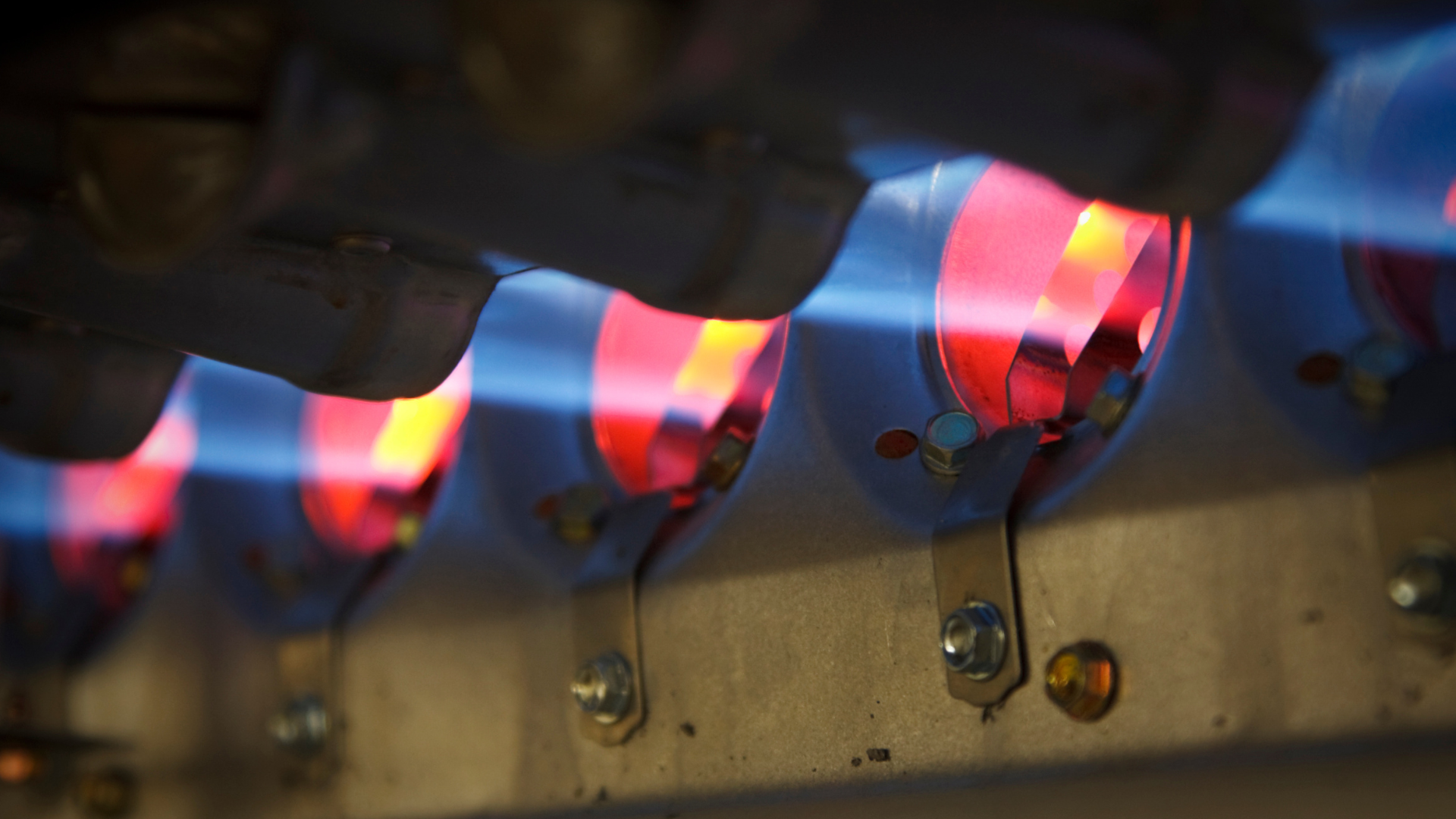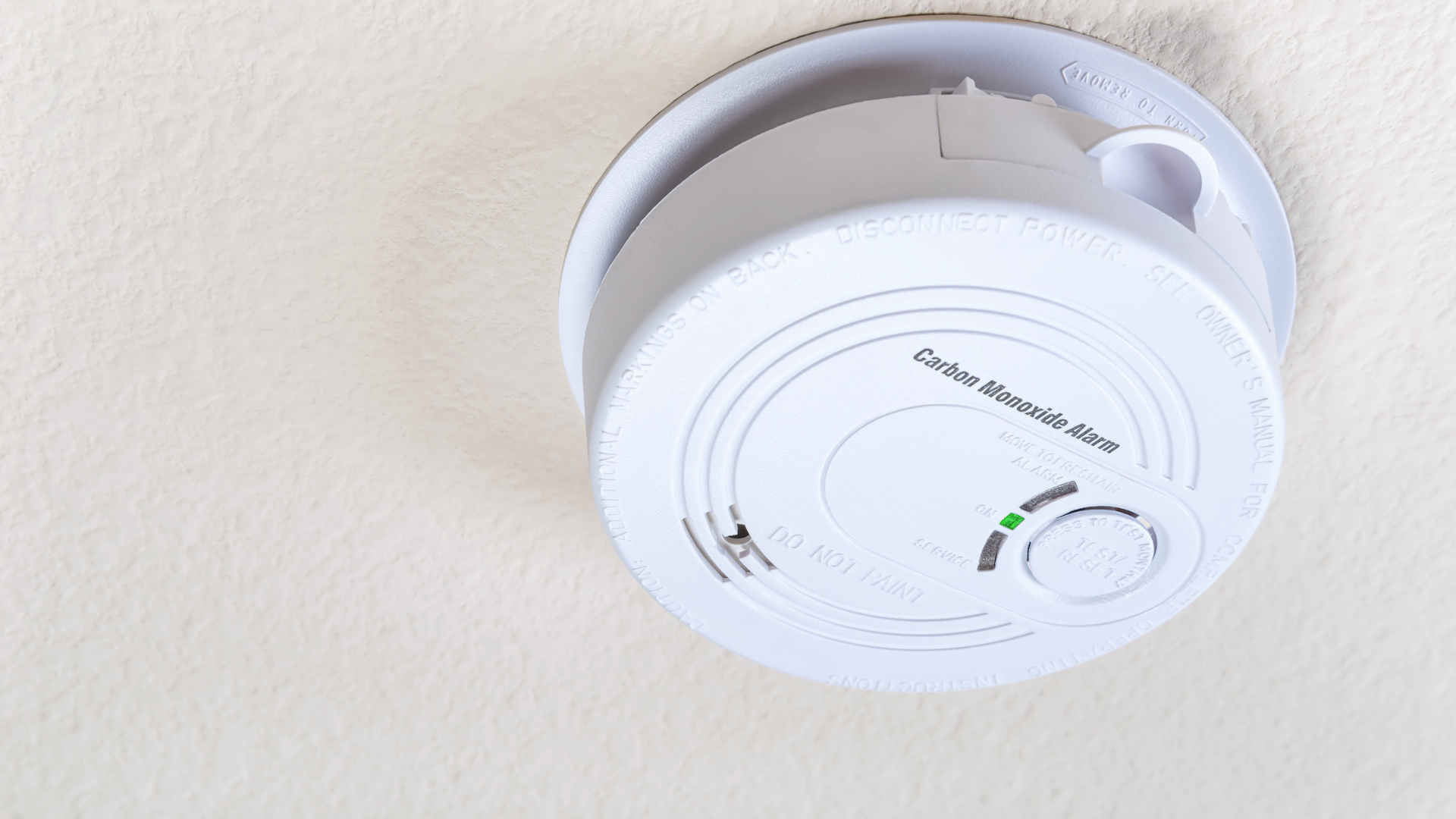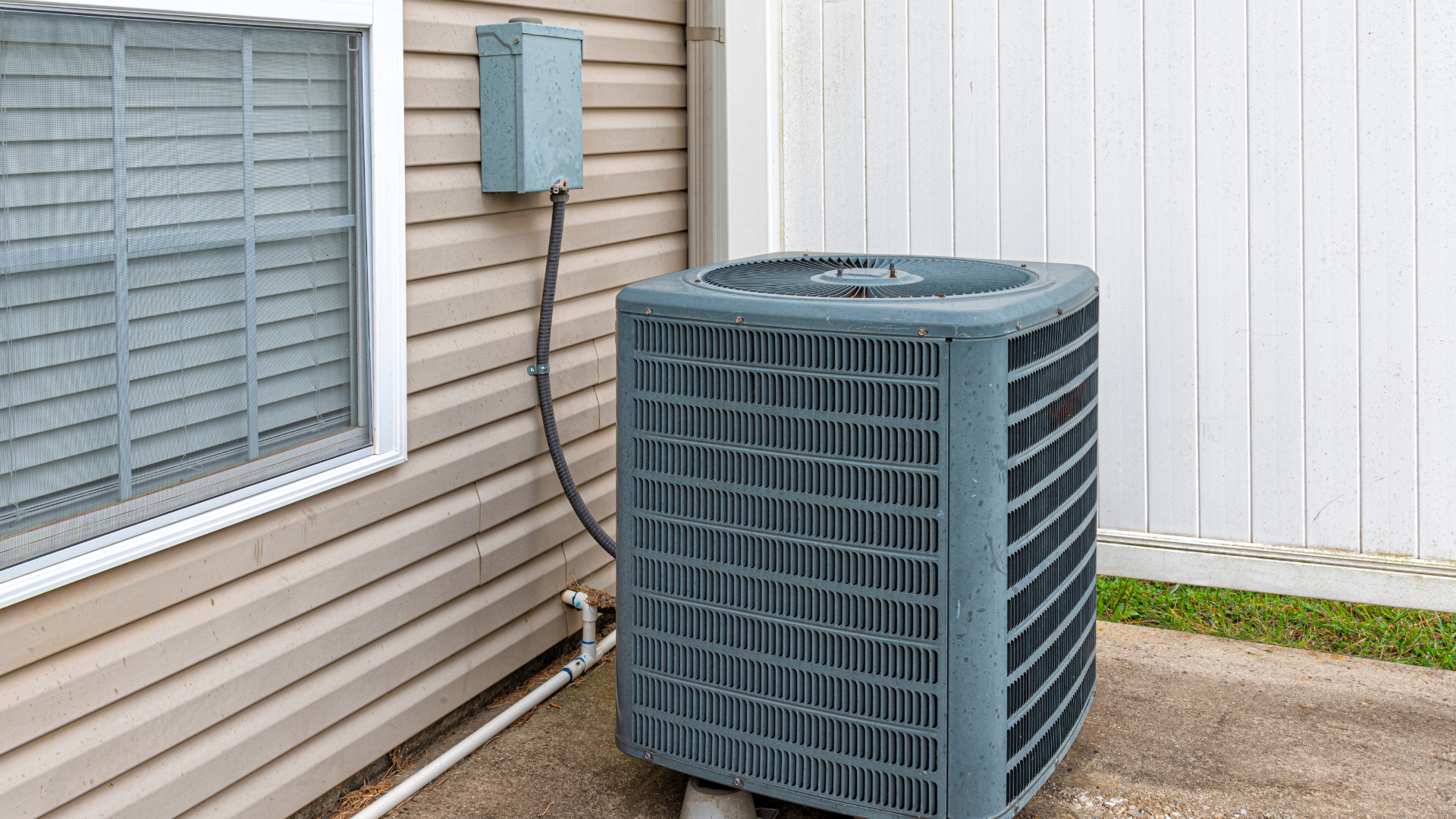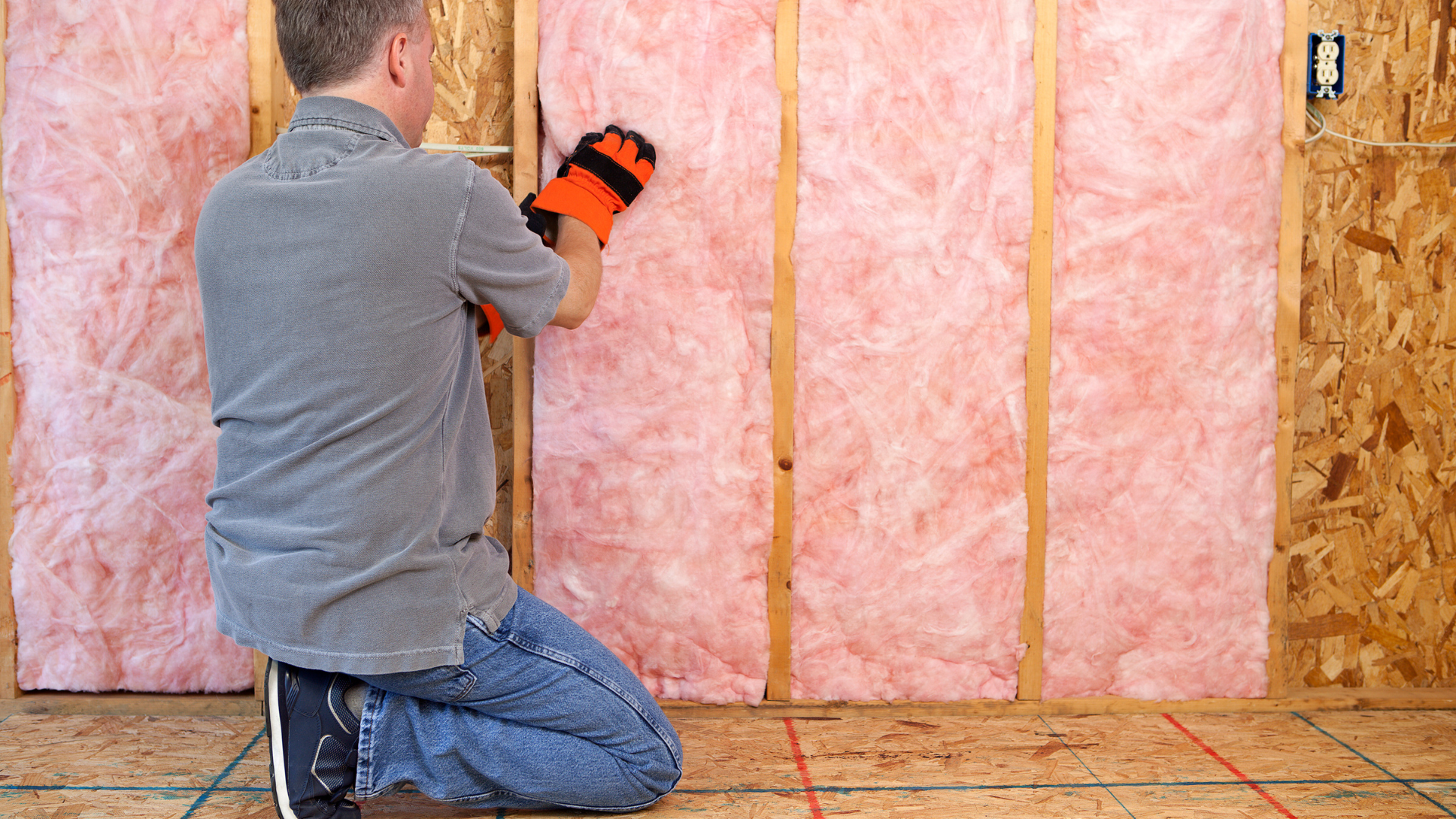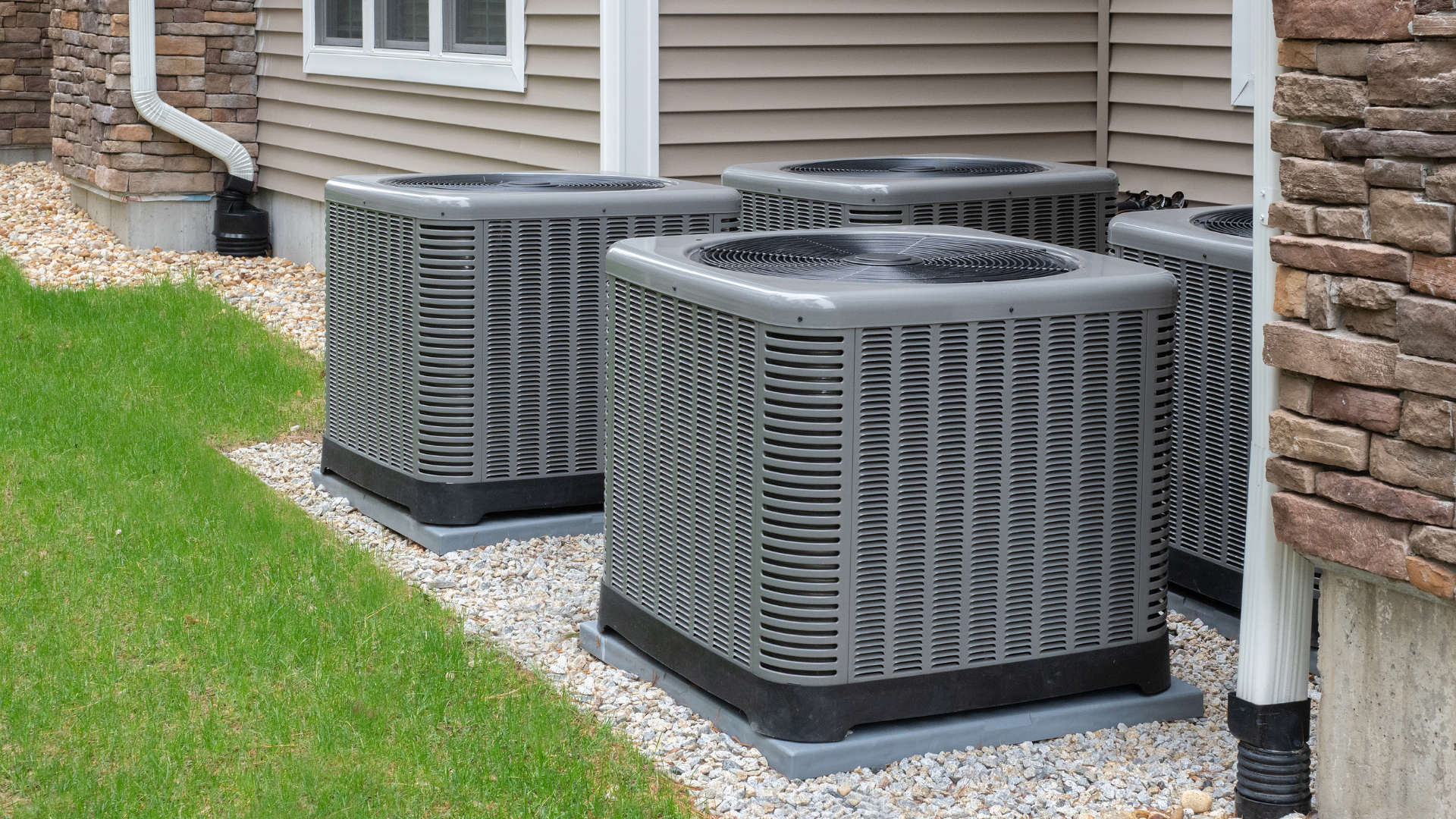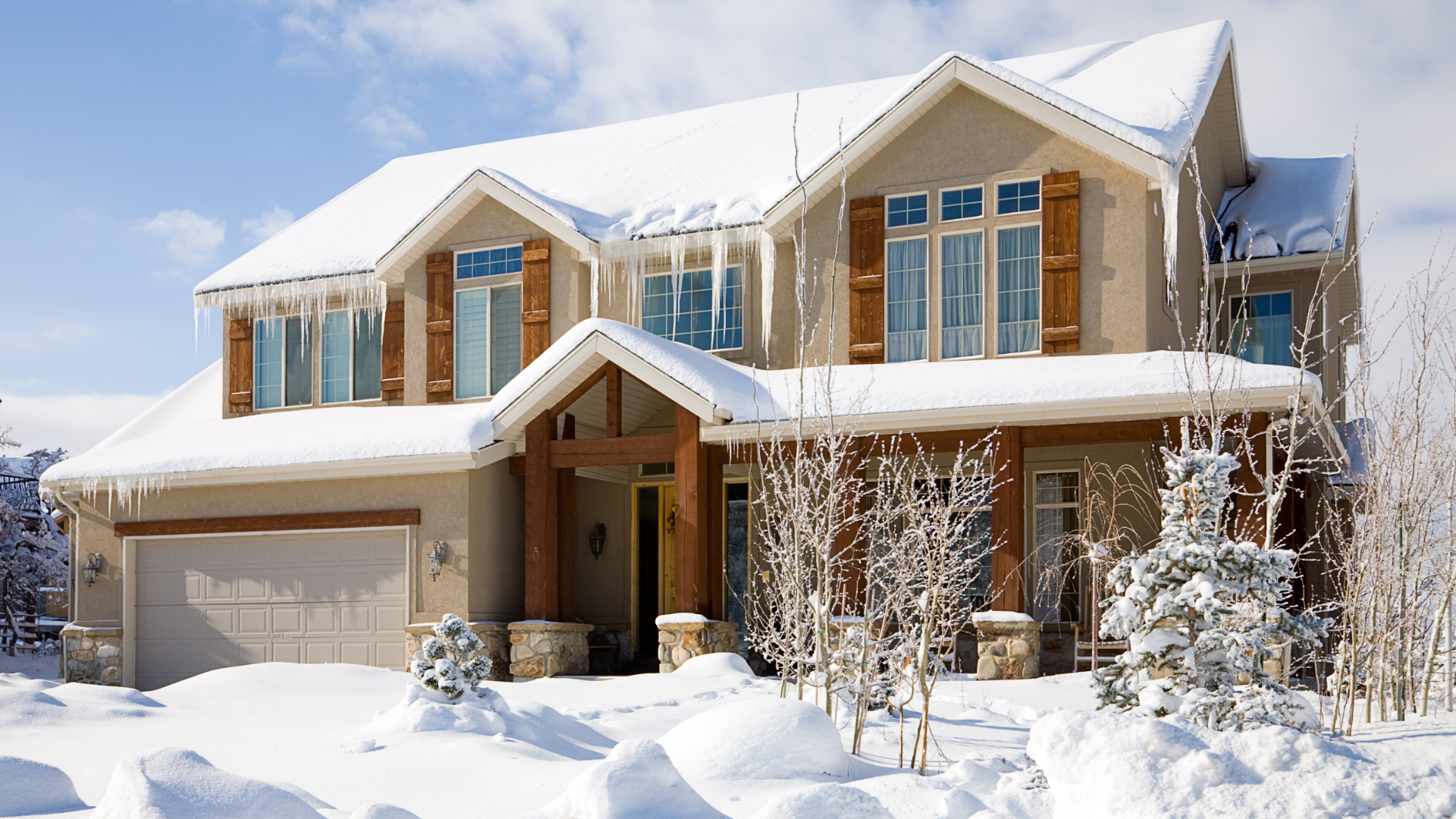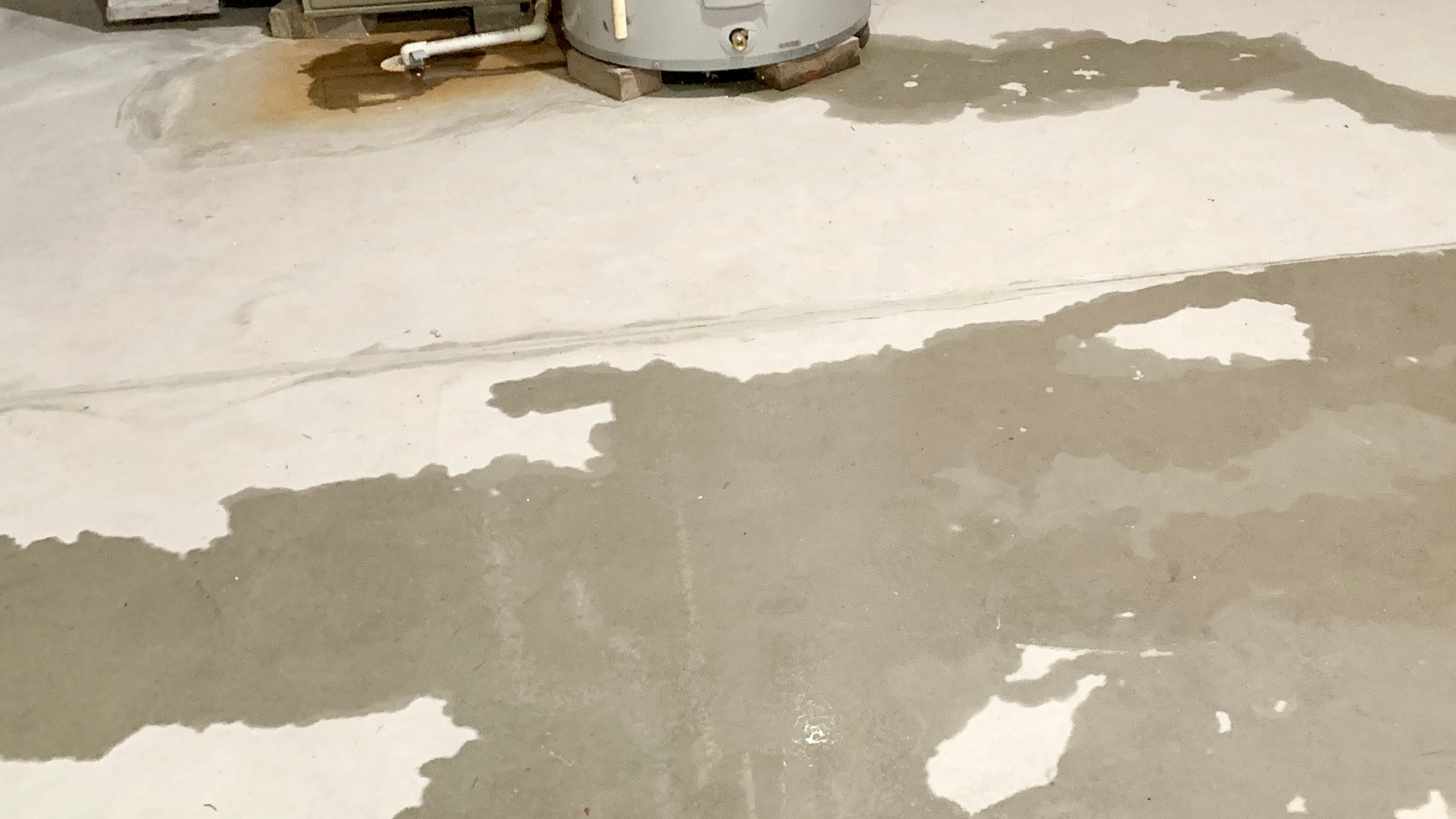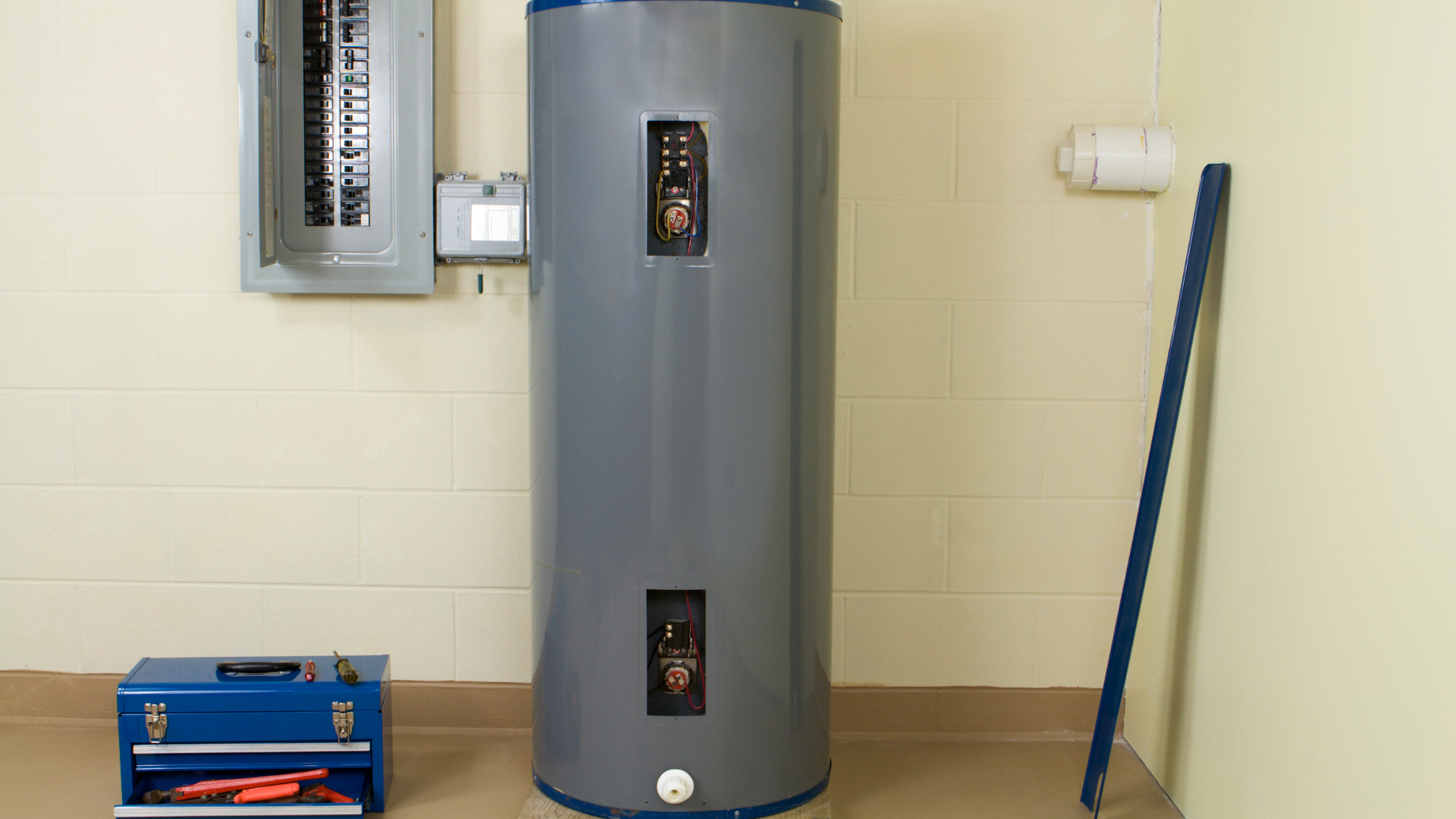Powering Your Home: Understanding Electrical Amperage Service
Understanding Electrical Amperage Service
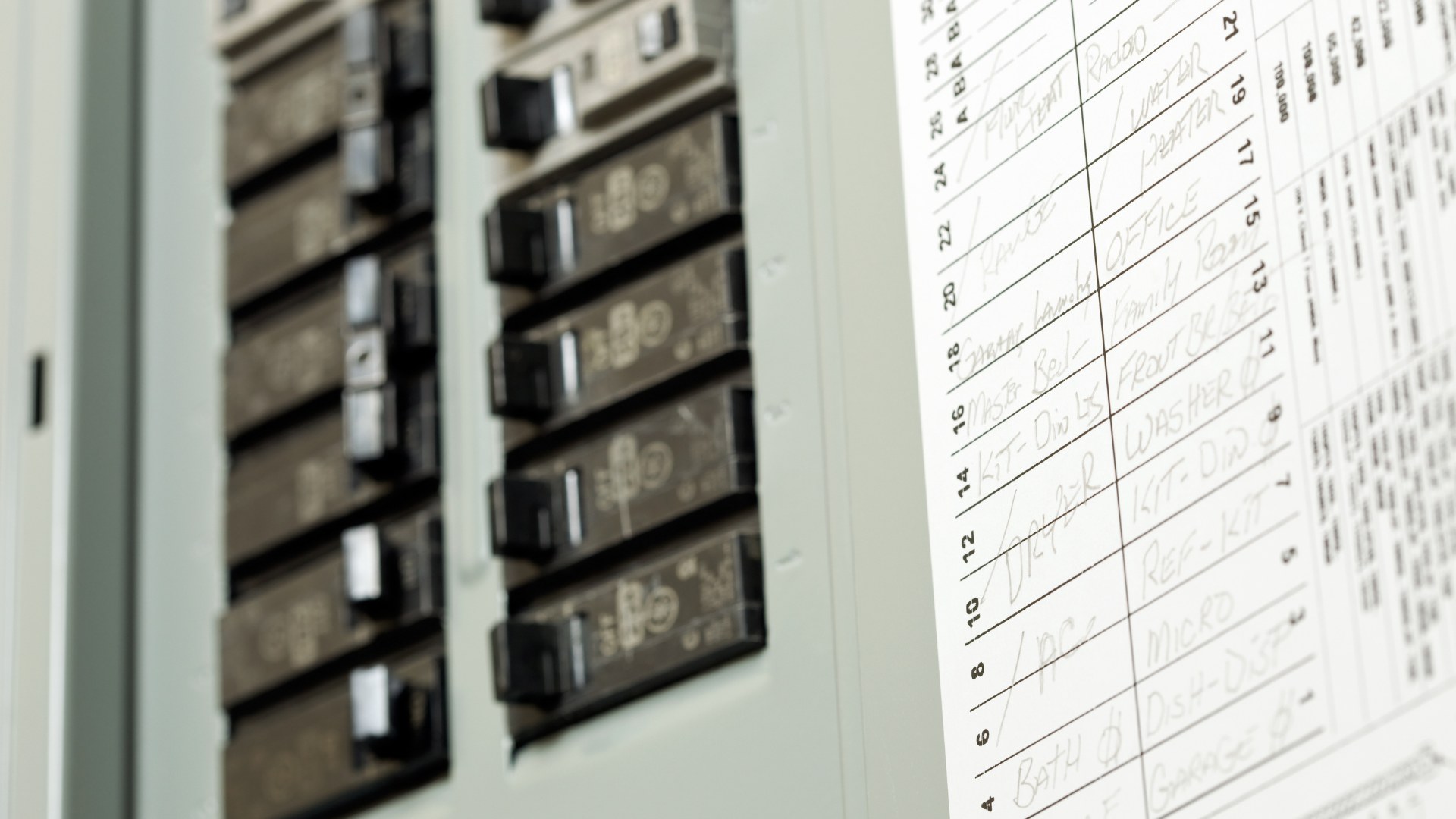
Your home's electrical service is the lifeline of modern living, delivering the power needed for everything from lighting to high-tech appliances. Measured in amperes (amps), this service determines how much electricity your home can safely handle at any given time. Understanding the different levels of amperage and their implications is crucial for ensuring your home is adequately powered and safe.
Common Residential Amperage Levels
While older homes might have lower capacities, most modern residences typically fall into these categories:
- 100 Amp Service: This was once the standard for many homes and is still found in a large number of existing average-sized houses, particularly those with gas or oil heating and hot water systems.
- Advantages: Less expensive to install and maintain compared to higher amperage services. Takes up less space in your electrical panel.
- Disadvantages: Limited capacity for modern electrical demands. May struggle with large appliances like electric stoves, central air conditioning, hot tubs, or electric vehicle (EV) chargers. Frequent circuit breaker trips are a common sign of an overloaded 100-amp system. It may not meet current safety standards and can increase the risk of electrical issues.
- 150 Amp Service: While less common as a standard, 150-amp service is often considered a typical minimum for new single-family home construction in some areas. It offers a slight increase in capacity over 100 amps.
- Advantages: Provides more headroom than 100 amps for a moderate number of modern appliances.
- Disadvantages: Still might not be enough for homes with high electrical demands, especially with multiple large appliances or future additions like EV charging.
- 200 Amp Service: This is rapidly becoming the standard for new residential construction and is a popular upgrade for homeowners looking to modernize their electrical systems.
- Advantages: Ample capacity for most modern homes with a full range of appliances, multiple electronics, and features like central air conditioning, electric dryers, and some EV chargers. Provides improved electrical safety by reducing the risk of overloads and frequent trips. Allows for more circuits, offering greater flexibility for dedicated appliance circuits. Can increase property value.
- Disadvantages: More expensive to install than 100-amp service. Requires more space in your electrical panel.
- 400 Amp Service (or 320 Amp Service): Typically seen in very large homes, estates, or properties with exceptionally high electrical demands, such as those with multiple high-power systems (e.g., several HVAC units, electric heating throughout, multiple EV chargers, workshops with heavy machinery). This often involves two 200-amp panels or a single 400-amp panel.
- Advantages: Provides a massive amount of electrical capacity, virtually eliminating concerns about overloading. Future-proofs the home for extensive electrical needs and significant expansions.
- Disadvantages: Significantly more expensive to install, often requiring specialized wiring and possibly a dedicated transformer from the utility company. Less common for standard residential applications.
How to Identify what Amp Service Your House Has
Here's how you can typically find your home's amperage rating:
- Locate Your Main Electrical Panel:
This is usually a large, gray metal box, often found in a basement, garage, utility room, or sometimes on an exterior wall of your home.
It's typically located near your electric meter, which is the device outside that measures your electricity usage. Make sure you're looking at the main panel, not a smaller "subpanel" which might be found in an addition or a separate area of your house. The main panel is the one that the thick wires from the utility company connect to.
- Identify the Main Circuit Breaker:
Open the door of your main electrical panel. Inside, you'll see rows of individual circuit breakers (small toggle switches).
At the very top or bottom of these rows, there will be a larger circuit breaker that controls all the power to your entire home. This is your "main" breaker or "service disconnect." It's usually the biggest switch in the panel.
This main breaker will typically have its amperage rating clearly labeled on the switch itself or right next to it. You'll see numbers like "100," "150," "200," or "400" followed by "A" or "Amps."
- Check for a Label on the Panel:
Sometimes, there's a label affixed to the inside of the panel door or on the panel's exterior that indicates the overall amperage rating of the panel. This label may have been put there by the manufacturer or an inspector.
- Look at Your Electric Meter (Exterior):
While less precise, the electric meter on the outside of your home can sometimes give you a clue. Older meters might indicate a lower amperage service. Newer meters often have their own amperage rating printed on them or on an attached label. For instance, a "CL200" rating on a meter often indicates a 200-amp service, though this isn't always a definitive guarantee of the entire system's capacity.
Signs You Don't Have Enough Amperage
Your home's electrical system will often tell you when it's struggling. Look out for these common indicators:
- Frequent Circuit Breaker Trips: This is the most obvious sign. If breakers are tripping regularly, especially when you use certain appliances, your system is overloaded.
- Flickering or Dimming Lights: Lights dimming when an appliance (like a microwave or air conditioner) turns on indicates insufficient power.
- Burning Smell or Scorch Marks: Any burning odor, discoloration, or scorch marks around outlets or your electrical panel are serious safety hazards and require immediate attention from a qualified electrician.
- Buzzing or Humming Sounds: Strange noises coming from your electrical panel or outlets can signal loose connections or faulty components.
- Outdated Electrical Panel/Fuse Box: If your home still uses a fuse box instead of a modern circuit breaker panel, or if your panel is over 25-40 years old, it's likely due for an upgrade.
- Reliance on Extension Cords and Power Strips: Constantly needing power strips suggests a lack of sufficient outlets and overall electrical capacity.
- Appliances Not Running at Full Power: If appliances seem to underperform or take longer than usual to operate, it could be due to insufficient power.
- Warm Electrical Panel: Your electrical panel should not feel warm to the touch. Heat indicates an overload or a problem within the panel.
What to Do If You Don't Have Enough Amperage
If you suspect your home lacks adequate amperage, the solution is typically an electrical service upgrade. This is not a DIY project and should always be performed by a licensed and qualified electrician. The process generally involves:
- Professional Assessment: An electrician will inspect your current electrical system, perform a load calculation to determine your current and future power needs, and assess the condition of your wiring.
- Permits and Inspections: Your electrician will obtain the necessary permits from local authorities. All work will need to pass inspection before power is reconnected.
- Utility Company Coordination: The local utility company will need to temporarily disconnect power to your home during the upgrade and reconnect it after the work is completed and inspected.
- Panel Replacement: The existing electrical panel (and often the meter socket and main service wires from the utility pole) will be replaced with a new, higher-capacity panel.
- Wiring Upgrades (if necessary): Depending on the age of your home and the extent of the upgrade, some existing wiring may need to be replaced or upgraded to handle the increased amperage.
Cost of an Upgrade: The cost to upgrade your electrical panel varies significantly based on the existing system, the new amperage desired (100 amp, 200 amp, 400 amp), and any additional wiring or component replacements needed. On average, a 100-amp to 200-amp upgrade can range from $1,300 to $3,000, while a 400-amp upgrade can be $2,000 to $4,000 or more. This includes materials and labor, but extensive rewiring or panel relocation can add to the cost.
Upgrading your home's electrical service is a significant investment in safety, functionality, and future-proofing your property. Consulting with a certified electrician is the first and most important step to determine the best solution for your specific needs.
Sources and Links:
- Angi: What Is Involved In Upgrading To 200 Amp Service
- Apex Pros: Should I Upgrade to a 200-amp Electrical Panel?
- Burgasser Consulting: Determining the Capacity of a Residential Electric Service
- Knights Tech Electric: 100 AMP vs. 200 AMP: Which Is Right for Your Home?
- Momentum Electric: Understanding 100 Amp Electrical Service: Key Benefits and Applications
- Qmerit: The Cost of Updating Your Electrical Panel: What You Need to Know
- This Old House: What Is the Cost to Upgrade an Electrical Panel?
- This Old House: How To Upgrade an Electric Meter and Panel to 200-Amp Service
Click Another Article to Read More

